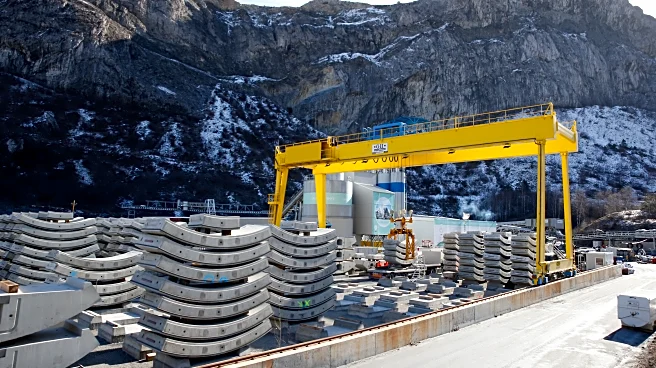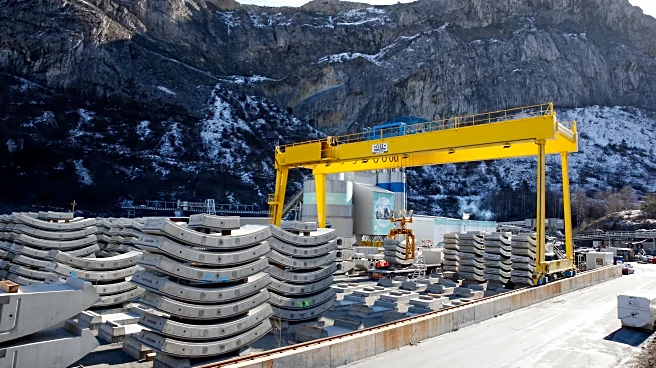What is the story about?
The Leaning Tower of Pisa is a treasure trove of fascinating facts that highlight its architectural uniqueness and historical significance. Known for its unintended tilt, the tower has become a symbol of resilience and innovation, attracting visitors and scholars from around the world.
Core Facts
The Leaning Tower of Pisa is a freestanding bell tower located in Pisa, Italy. It is part of the Pisa Cathedral complex and is renowned for its nearly four-degree lean, caused by an unstable foundation. Construction began in 1173 and was completed in 1372, spanning over two centuries.Notable Details
One of the most notable details about the tower is its role in Galileo's gravity experiment. Conducted in the late 16th century, this experiment demonstrated the principles of gravity, marking a significant milestone in scientific history. Additionally, the tower's architectural design reflects a blend of Romanesque and Gothic styles.Comparisons and Contrasts
Compared to other bell towers, the Leaning Tower of Pisa stands out due to its unique tilt. While most towers are designed to be perfectly vertical, the Pisa tower's lean has become its defining feature, setting it apart from similar structures worldwide.Key Data Points
The tower stands at approximately 56 meters tall and weighs around 14,500 metric tons. Its lean is currently stabilized at nearly four degrees, thanks to modern engineering efforts to preserve its structure.AI Generated Content
Do you find this article useful?















